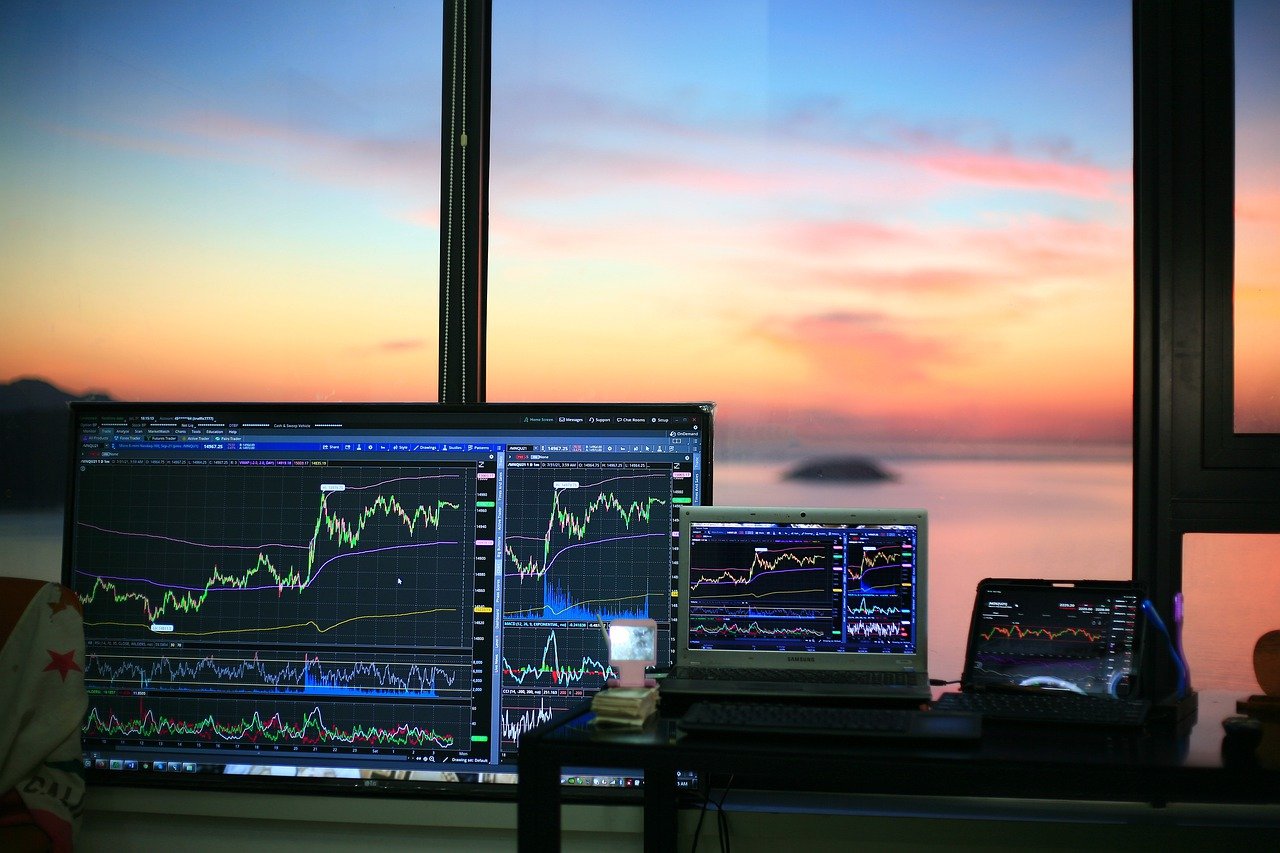Forex trading is not a walk in the park, even for the most seasoned traders. Going at it without the help of trading tools is like going to a tennis match without a racket. Analysis tools help traders in their decision-making and in determining the most profitable trading positions. Technical, fundamental, and sentiment are the three analysis methods used by a cross-section of forex traders worldwide.
Choosing which of three analysis methods depends on the preference of the trader. However, you can choose to use them all to work together for your trade analysis r master and concentrate on a single one. This article takes an in-depth look at each forex trading analysis.
Technical Analysis
Technical analysis is the most popular of three, and Forex traders use it to study the market activities using volume, patterns, price movement, and trends. It is also the study of past price activities that helps determine the price movements in the near future. According to technical analysis, there is always a history tied to the current or future market actions.
Prior price patterns will always influence the price of the future. In short, technical analysis dwells on the fact that history has a way of repeating itself because if something happened in the past, it would repeat itself in almost the exact way in the future.
A trending market certainly leaves traces at specific levels as it trends. A future price market will most definitely follow the price levels. Take into account support and resistance levels as one example. The performance and behavior of patterns indicate that they will not lose their successful manner of working even in the future.
In technical analysis, you get a tool for every timeframe that helps to simplify all the information you need about trends signals, reversal warnings, and prices, among others. Some of the most popular technical analysis tools are
- Moving Averages (MA)
- Bollinger Bands
- Relative Strength Index (RSI)
- Momentum Oscillators
- Fibonacci Retracement Lines
- Stochastic
In summary technical analysis, tools use historical data to forecast future trends and price movements. They are not so much interested in what causes the price swings but only the actions.
Fundamental Analysis
Fundamental analysis relies on macro-and micro-economic factors to interpret and determine the behavior of the currency market. Unlike technical analysis, Fundamental analysis looks at the factors that a price chart cannot measure. In short, it dwells more on factors such as economic growth, economical supply, and the supply and demand tendencies that cause changes in the price market.
Some of the factors that influence currency demand are
- Price index
- Inflation
- Employment
- Consumer behavior
- Change of government
- Elections
- Nation instabilities
- Wars
- Monetary and fiscal policies
- Pandemics
- Drought
- Landslides
- Tsunamis
In fundamental analysis, when the economy of a particular country is performing well, there is more consumer confidence, leading to a strong currency. However, if political upheavals and other adverse occurrences occur, consumer confidence will go down, leading to currency depreciation. The top four fundamental analysis tools are-
- Economic Calendar
- Economic Reports
- Forex News Portals
- Propriety Fundamental analysis tools & solutions
Underlying economic news, in general, has a significant impact on currency fluctuations for the exchange rates bought and sold. Therefore, fundamental analysis is critical, as it keeps traders aware of the market trends whenever the latest release occurs.
Sentiment Analysis
As the name suggests, sentiment analysis is all about emotions and feelings. Even though one of the main rules of successful forex trading is not to use your feelings as you trade, sometimes it is almost impossible to separate them from your actions.
It is also important to note that you will be up against different types of traders that influence the market in various ways in forex trading. Therefore, even when armed with the best technical and fundamental analysis tools, sometimes you need to get sentimental.
In sentiment analysis, traders opt to go with the trend. When the trends show that the market is going long, they buy and sell when it goes short. However, for you to respond favorably, you must ascertain the mood of the other traders. The most common sentiment analysis indicators are-
- IG Client Sentiment
- Commitment of Traders (COT) Report
The most crucial factor to note when using sentiment analysis is that you must try to regulate your emotions, learn patience and discipline, no matter how strong they are.
Wrapping up
Forex trading is a high-risk and challenging activity. If you are not careful, you will stop trading just as soon as you start. Though all three trading analyses are practically effective, many traders swear by technical analysis. However, as the saying goes, it is risky to put all your eggs into one basket, and you can extend your luck by using all three trading analyses.

